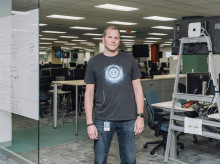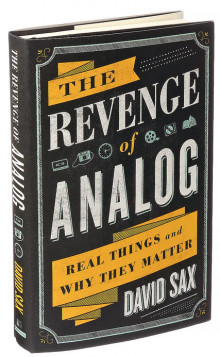Great Books Camp

What do conservatives read? What do liberals read? What do progressives read? What are you reading? What you read has a huge impact on what you write. Here are some thoughts.
This political season brought many issues to the fore, and one of the most interesting was what various political camps considered “great books.” Here is part of what Molly Worthen shared in her New York Times piece, “Can I Go to Great Books Camp?”
A small but growing number of young conservatives see themselves not only as engaged citizens, but as guardians of an ancient intellectual tradition. The members of Ms. Havard’s group were alumni of a seven-week crash course in political theory offered by the Hertog Foundation, the family foundation of the Wall Street financier Roger Hertog. Attendees discuss authors like Aristotle, James Madison and Leo Strauss and hear lectures by scholars and policy experts. “Our curriculum represents what we think ought to be a high-level introduction to politics, one you rarely find in any political science department,” Peter Berkowitz, the program’s dean, told me.
The Hertog course is one of more than a dozen similar seminars sponsored by conservative and libertarian organizations around the country. Some last for months, others just a few days. Some recruit older participants, but most target college students and 20-somethings.
Liberals have their own activist workshops and reading groups, but these rarely instruct students in an intellectual tradition, a centuries-long canon of political philosophy. Why have philosophical summer schools become a vibrant subculture on the right, but only a feeble presence on the left? The disparity underscores a divide between conservatives and liberals over the best way to teach young people — and, among liberals, a certain squeamishness about the history of ideas.
Liberals, however, can’t afford to dismiss Great Books as tools of white supremacy, or to disdain ideological training as the sort of unsavory thing that only conservatives and communists do. These are powerful tools for preparing the next generation of activists to succeed in the bewildering ideological landscape of the country that just elected Mr. Trump.









